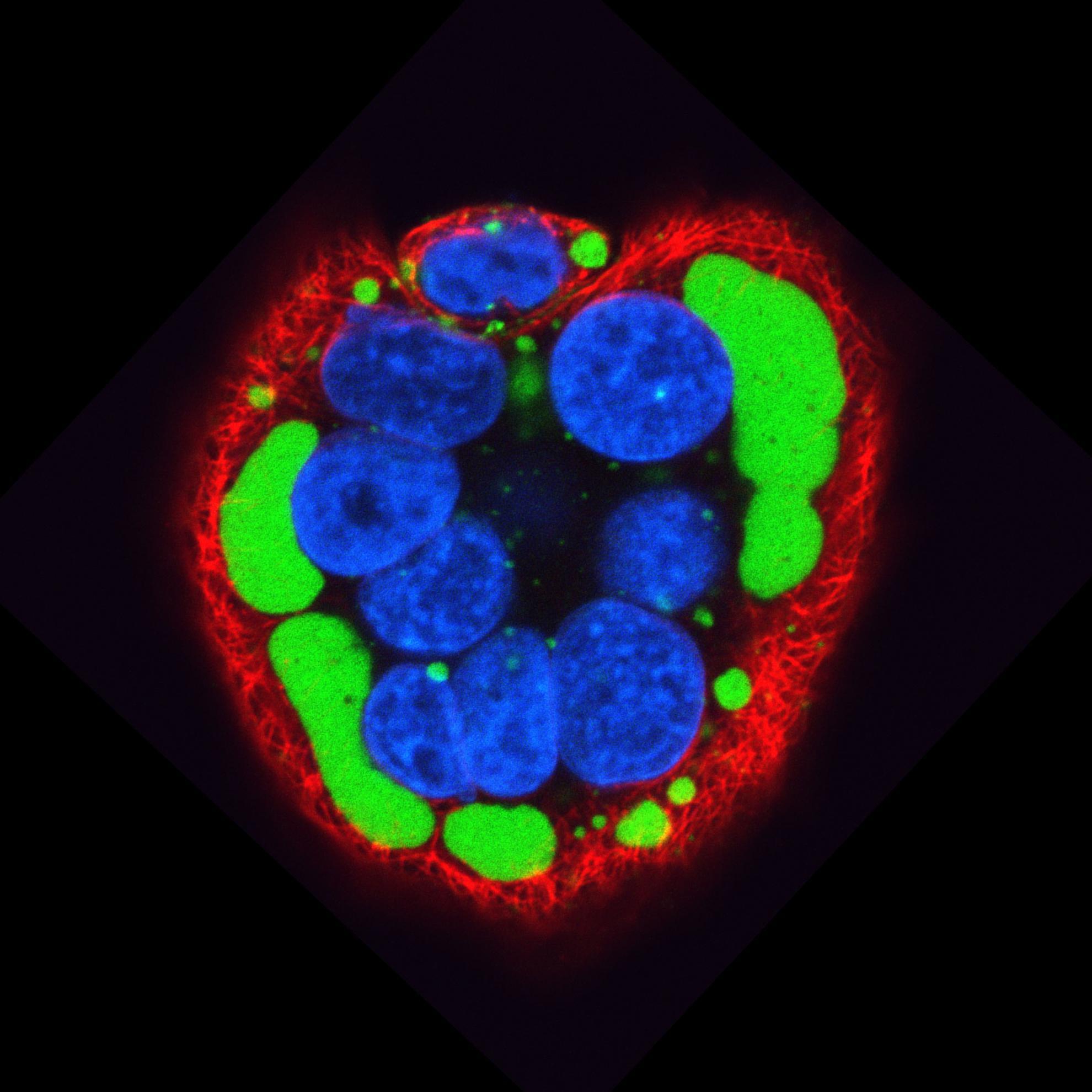The Plowright vaccine strain of rinderpest virus has attenuating mutations in most genes
The currently used vaccine strain of Rinderpest virus was derived by serial passage of the highly virulent Kabete 'O' strain (KO). A full-length cDNA copy of the KO strain was made from which a virus identical in pathogenicity to the wild-type virus was rescued. A series of chimeric viruses was prepared in which the coding sequences for the N, P, F, H or L proteins were replaced with the corresponding sequences from the vaccine strain. The KO-based virus with the vaccine strain H gene and that with the carboxy-terminal half of the L gene replaced with the corresponding sequence from the vaccine strain retained all or almost all of the virulence of the original KO virus. Animals infected with the KO-based virus containing the vaccine strain N, P or F gene, or the amino-terminal half of the L gene, developed high and prolonged pyrexia and leukopenia, but with reduced or absent lesions and other clinical signs; although partially attenuated, none was nearly as attenuated as the vaccine strain itself. These data indicate that the high attenuation and stability of the current vaccine are due to the accumulation of a number of separate mutations, none of which is itself so sufficiently debilitating that there is strong selective pressure in favour of the revertant.
Back to publications
